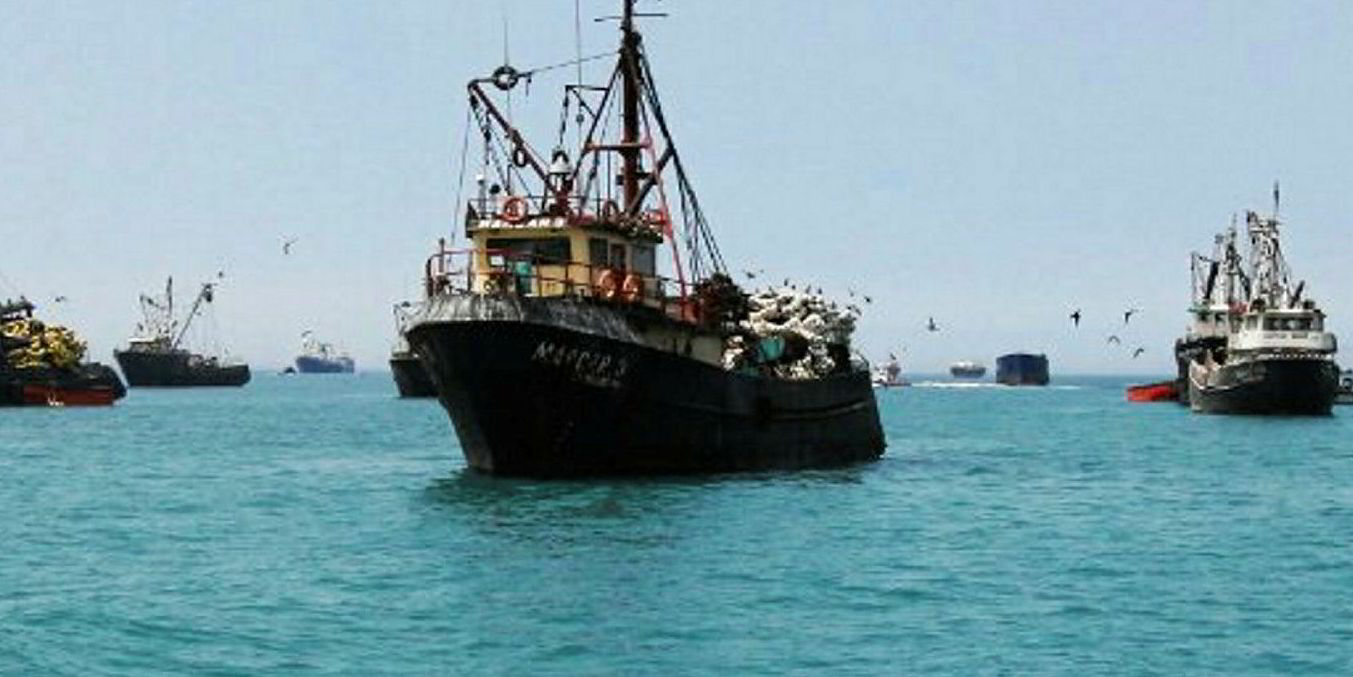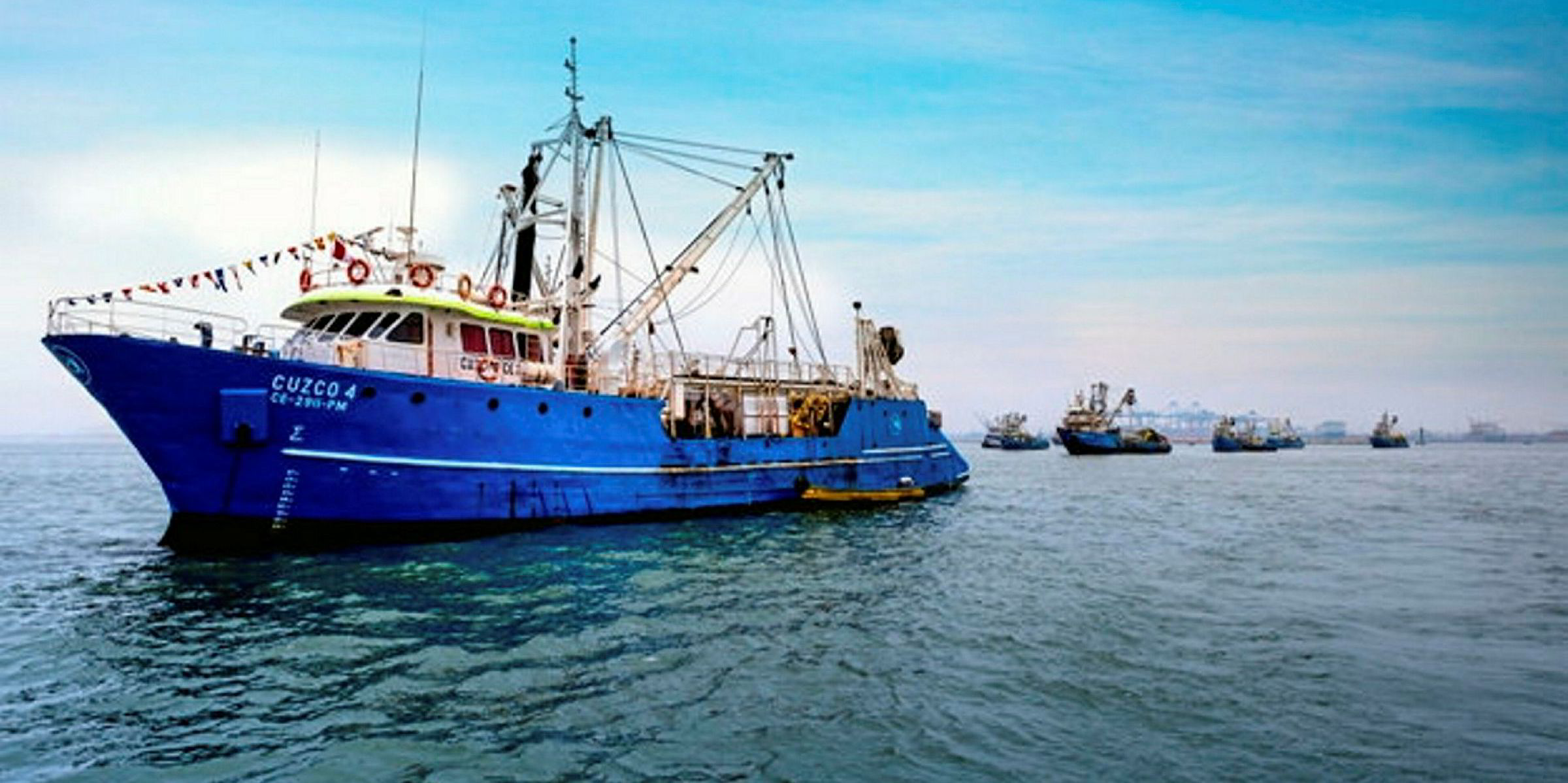Peruvian authorities have extended a ban on anchovy fishing to include an area off the north central coastline.
The temporary measure, aimed at protecting abundant juvenile stocks, covers an area 30 miles from the coast between Malabrigo and La Libertad, Peru’s Production Ministry (Produce) said.
It began on Jan. 5 and will remain in force until midnight on Jan. 9.
Anchovy fishing in a large area of Peru's North Central zone was suspended indefinitely on Dec. 31 as part of an effort to protect huge amounts of juveniles along Peru's coast.
Vessels will not be permitted to fish within 30 miles of the coastline in waters spanning 622 miles (1002 km) between Trujillo on the northwest coast to Nazca in the south for the duration of the suspension.
The ban was reimposed as 2019 drew to a close after already being in force for 10 days.
Authorities have imposed temporary suspensions in over 50 areas to protect juvenile stocks, putting quota catch rates well behind the clock.
This comes amid expectations in Peru that the results of an exploration trip this week by scientists could end up with anchovy fishing in certain areas being banned or even the end of the season being declared with little over a third of the quota being caught.
A decision in the coming days by Peruvian authorities on whether to cut the anchovy fishing season significantly short in the country's north central zone waters to protect abundant juveniles could have a significant impact on prices.
Vessels harvested 955,196 metric tons of anchovy by Dec. 20, equivalent to 34.3 percent of the quota announced in November for the second season, which was expected to spill over into the opening months of 2020.
The market was expecting much higher harvests after the quota, set at just under 2.79 million metric tons, representing a 33 percent increase compared with Peru's 2018 second season.
The ministry posted an animated explanation on its Twitter feed citing climatic causes for the dispersion of anchovy along the Peruvian coast as fish seek cooler waters.



